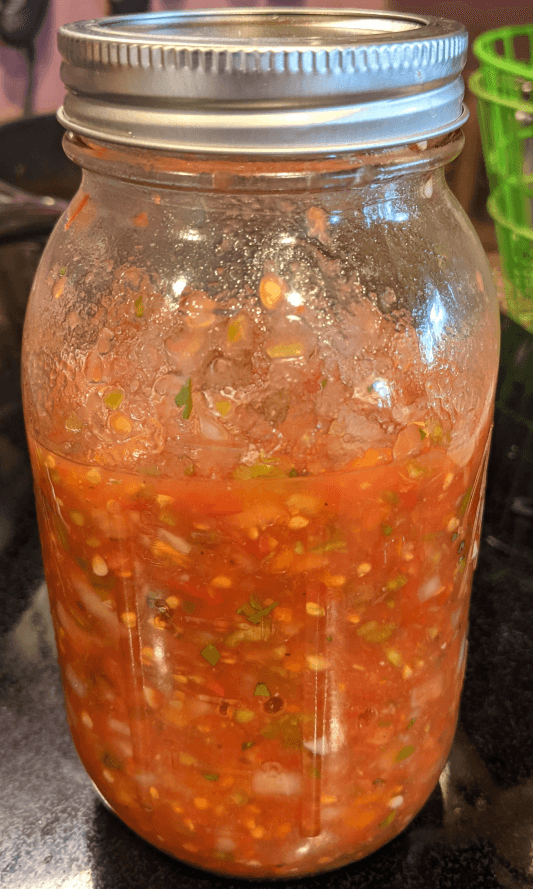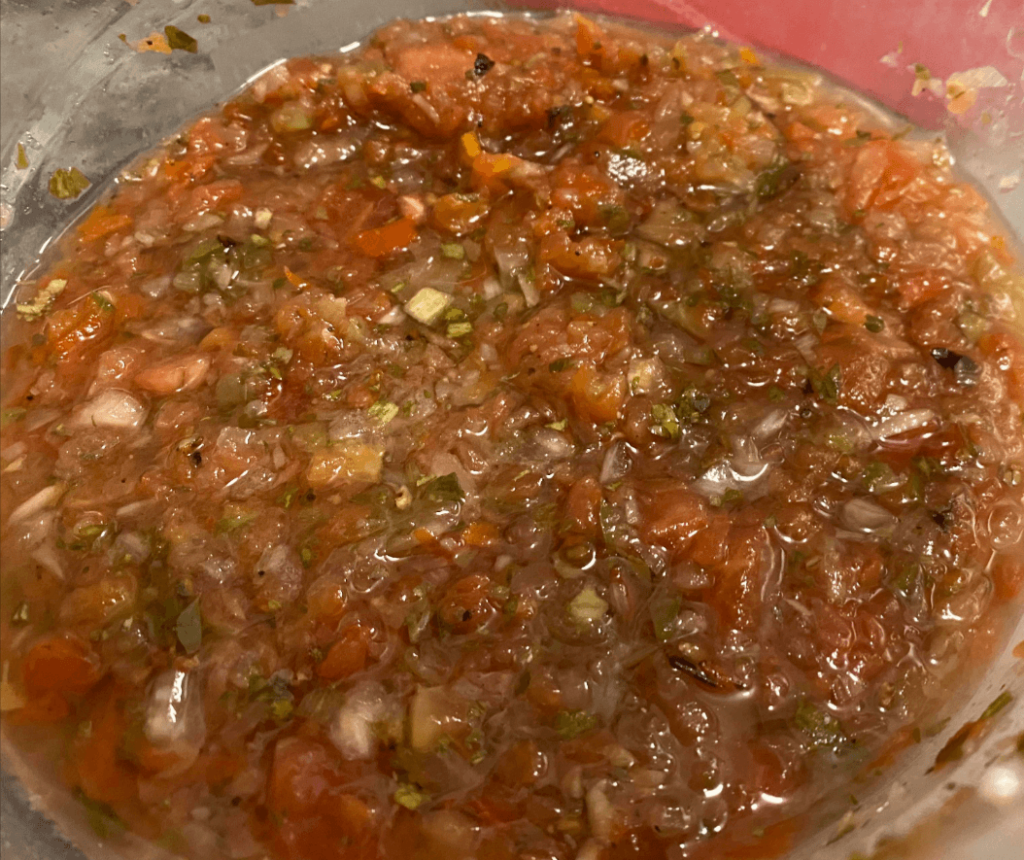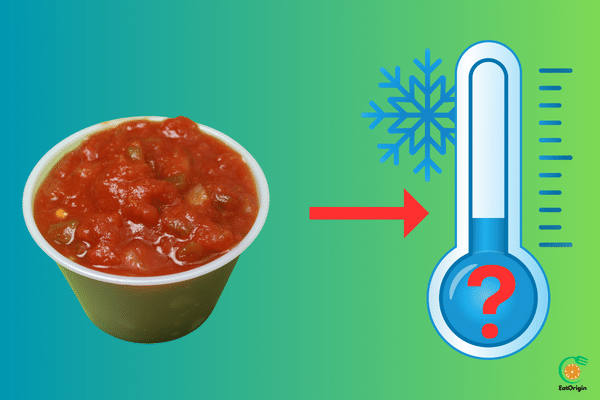Fresh salsa is a delicious and versatile condiment made from diced tomatoes, onions, chilies, cilantro, and various seasonings. Proper storage is crucial to maintain its vibrant flavors and prevent spoilage.
This article explores the ideal temperature range for cold holding fresh salsa and provides tips for maximizing its shelf life and safety.
Highest Temperature Allowed for Cold Holding Fresh Salsa
According to the U.S. Food and Drug Administration (FDA), the maximum temperature for cold holding fresh salsa is 40°F (4.4°C).
This temperature limit applies to all potentially hazardous foods, including salsa, which contains perishable ingredients like tomatoes and onions.
Maintaining a temperature below 40°F inhibits the growth of harmful bacteria, such as Salmonella and E. coli, which can cause foodborne illnesses. Salsa held above this temperature for extended periods becomes a breeding ground for these pathogens, posing significant health risks.
How Long Does Salsa Last in the Fridge?
According to FSIS The shelf life of fresh salsa in the refrigerator can vary depending on several factors, including the recipe, storage conditions, and handling practices. Generally, homemade fresh salsa can last:
- 5-7 days in the refrigerator when properly stored in an airtight container.
- Up to 2 weeks if canned or jarred salsa is refrigerated after opening.
It’s important to note that these are approximate guidelines, and salsa should be discarded if signs of spoilage appear, regardless of the elapsed time.
How Do You Keep Salsa Fresh Longer in the Refrigerator?
To extend the shelf life of fresh salsa in the refrigerator, follow these tips:

- Use clean, airtight containers: Transfer the salsa to a clean, airtight container or jar with a tight-fitting lid. This prevents air exposure and moisture loss, which can accelerate spoilage.
- Minimize air exposure: When storing an opened jar or container of salsa, remove as much air as possible from the container before sealing it.
- Refrigerate promptly: Refrigerate the salsa as soon as possible after preparation or opening. Leaving it at room temperature for extended periods can promote bacterial growth.
- Avoid cross-contamination: Use a clean utensil each time you scoop salsa from the container to prevent introducing additional bacteria.
- Check the “best by” date: For store-bought salsa, check the “best by” or “use by” date and consume it within the recommended timeframe.
How Can You Tell if Salsa has gone Bad?
Signs that fresh salsa has gone bad and should be discarded include:

- Off odor: Fresh salsa should have a pleasant, slightly acidic aroma. Any strong, sour, or unpleasant odor indicates spoilage.
- Discoloration: Salsa should maintain its vibrant red or orange color. Significant discoloration, such as browning or graying, is a sign of deterioration.
- Mold growth: Any visible mold growth on the surface or inside the salsa is an immediate indication that it should be discarded.
- Bubbling or fermenting: If the salsa appears to be bubbling or fermenting, it has likely spoiled and should not be consumed.
- Off taste: If the salsa has an off, sour, or otherwise unpleasant taste, it has likely spoiled and should be discarded.

